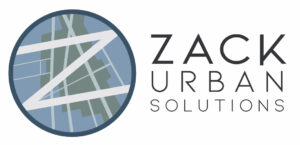Every city, town, and village needs a heart. A good Downtown is the center of business, dining, entertainment, and shopping for the surrounding community. Downtowns that thrive are compact, walkable, multi-functional, and beautiful. They not only feature offices and workspaces, but abundant housing for every price range and household type. Shops and restaurants should reflect a cross section of the community. In a strong city, everyone has two neighborhoods: The one they live in, and the downtown. ZUS founder and president Dan Zack has experience with housing development, zoning reform, the creation of vibrant public spaces and streetscapes, parking management, business attraction, and other aspects of downtown revitalization.
Examples of Zack’s downtown revitalization work include:
Downtown Development Czar
Year(s): 2021
Role: City Staff
Jurisdiction: City of Fresno
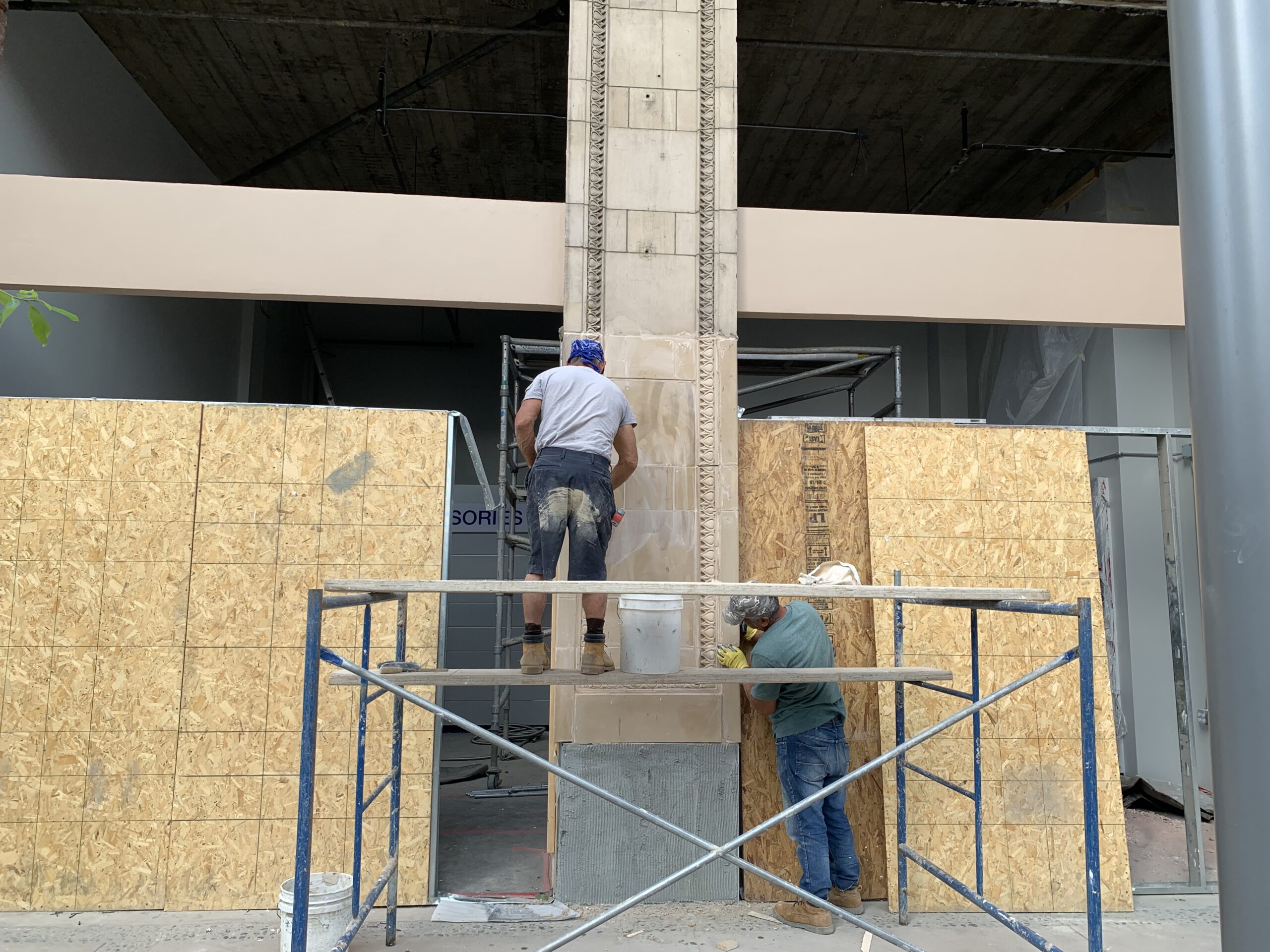
During his final year with the City of Fresno, Mr. Zack was asked to lead incoming Mayor Dyer’s ambitus Downtown revitalization program. The Mayor understood the critical importance of development, particularly housing, to the long-term viability of Downtown, and Downtown’s importance to the success of the entire city. He set a goal of producing 3,500 units in the city center by the end of the decade. Mr. Zack worked with property owners, investors, and developers to put together viable project teams and help all involved understand the immense potential of infill housing. He assisted pipeline projects with design matters and entitlement processing, and he worked with the sponsors of defunct proposals to reactive the projects. When he left the position 166 units were under construction, nearly 400 were under review, and over 1,000 were in early stages of design and site selection.
High-Speed Rail Station Area Planning
Year(s): 2020 to 2021
Role: City Staff
Jurisdiction: City of Fresno

After the High Speed Rail Authority hired a new Director of Planning, interest in planning out the area around the future Fresno station resumed and intensified. Mr. Zack worked closely with HSR staff and staff from other City of Fresno departments to identify optimal intermodal connections, automobile, bicycle, and pedestrian circulation around the station, the configuration of the station itself, early activation of presently unused HSR-owned properties, and the optimal long-term utilization of those sites.
High Speed Rail Station Area Master Plan
Year(s): 2014 to 2019
Role: City Staff
Jurisdiction: City of Fresno
Mr. Zack served on a staff team which worked with High-Speed Rail Authority staff and the project consultant, AECOM, to create a development strategy, plan intermodal connections, address urban design issues, conduct public outreach, and develop plan goals and objectives. The final report was completed in 2019.
Downtown Revitalization Program
Year(s): 2014 to 2019
Role: City Staff
Jurisdiction: City of Fresno
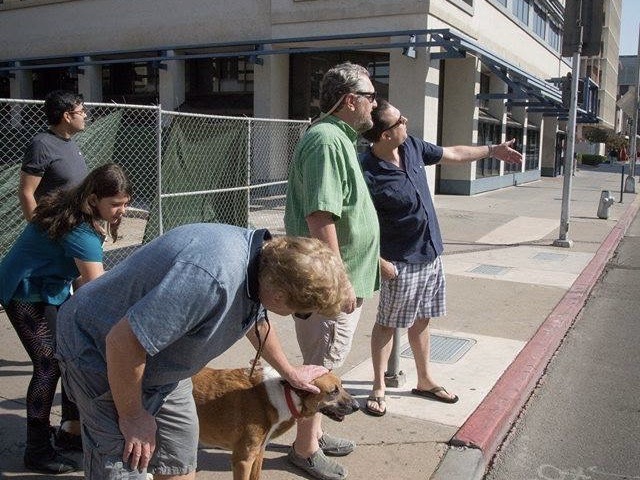
As Assistant Director of Planning and Development, Mr. Zack oversaw the Downtown Revitalization Program. In this capacity he and his staff coordinated with a wide array of City departments and divisions and the private sector to enhance the historic heart of the community. The program promoted the district to potential investors, builders, and entrepreneurs, and helped them to identify potential sites for their projects. Assistance was provided to development applicants with the entitlement process to ensure that the process is streamlined and that any issues that arise are resolved quickly. Mr. Zack and his team also provided design assistance for facade improvements and development concepts so that projects would enhance the aesthetics of Downtown, promote economic activity, and be compliant with applicable regulations. He and his staff also coordinated with the Code Enforcement division to ensure that property and business owners who were out of compliance with codes were brought into compliance, and they worked closely with the Downtown Fresno Partnership on special events, marketing, outdoor dining installations, and other activities.
Parklet Pilot Program
Year(s): 2018 to 2019
Role: City Staff
Jurisdiction: City of Fresno

Mr. Zack led a staff team from the Planning & Development and Public Works departments to develop a pilot program for outdoor dining parklets which could be installed by business owners in the parking lane adjacent to their establishments. The program received a positive reception and resulted in one initial parklet being installed prior to the Covid -19 crisis. The pilot program was then absorbed into an expanded and expedited program that was designed to serve as a mitigation to the pandemic.
Additional Information:
Outdoor Dining Guidelines
Year(s): 2017
Role: City Staff
Jurisdiction: City of Fresno

Subsequent to the redesign of Fulton Street, the historic main shopping street of Downtown Fresno, Mr. Zack led a team of staff from the Planning & Development and Public Works departments to create guidelines for the design and placement of outdoor dining areas within the public right-of-way. The work was conducted completely in-house.
Additional Information:
Fulton Street Restoration
Year(s): 2014 to 2017
Role: City Staff
Jurisdiction: City of Fresno

In the early 1960s, as subdivisions and shopping centers sprawled past the northern edge of the city, civic leaders were worried by the slight decline in Downtown Fresno’s economic strength and decided to take decisive action to rectify the situation. Fulton Street had been the primary commercial corridor of the entire region since the turn of the century, but by mid-century it had become a loud and unpleasant 4-lane highway. The street was demolished in 1963 and replaced with a pedestrian mall which opened to the public in 1964. It was aesthetically attractive but was designed to serve as a de facto park instead of the main street of a commercial district, and commerce suffered almost immediately. It was the second such pedestrianized main street in the US. By the 1980s there would be nearly 200, but by the 2010s only 30 or so remained. In March of 2016 the City began demolition of the Fulton Mall, and in October of 2017 a festival attended by 10,000 people celebrated the re-opening of Fulton Street. The project had been initiated before his arrival at the City of Fresno, but Mr. Zack became involved in 2014. He participated in the review of late stage design changes, construction impact mitigation, public relations and outreach during construction, and assistance in planning of the grand opening celebration. He and his staff worked with Code Enforcement to clean up properties for grand opening and to assist in the redevelopment of certain sites after the project was complete.
Additional Information:
Downtown Development Code
Year(s): 2014 to 2016
Role: City Staff
Jurisdiction: City of Fresno

The Downtown Development Code is the primary implementation tool for two planning documents: The Fulton Corridor Specific Plan and the Downtown Neighborhoods Community Plan, both developed by a consultant team lead by Moule and Polyzoides of Pasadena in conjunction with City staff. The original draft of the Code, also developed by the consultant team, had taken a very different direction from the Citywide Development Code which was being developed simultaneously by a different consultant team. Upon his hiring as Assistant Planning Director, Mr. Zack took over the Downtown Development Code project and completely re-wrote it as a chapter of the Citywide Development Code, standardizing language, graphics, and layout between the two documents and re-configuring the development standards to be more easily understood and followed by local entrepreneurs, builders, and planners while maintaining quality. After initial opposition from builders and some City Council members, extensive outreach resulted in adoption by the City Council. Several projects have been developed under the code, with entitlement times being as fast as 100 days.
Additional Information:
The Downtown Neighborhoods Community Plan and the Fulton Corridor Specific Plan
Year(s): 2014 to 2016
Role: City Staff
Jurisdiction: City of Fresno
These twin plans were developed and adopted in tandem. The Downtown Neighborhoods Community Plan is a vision document and revitalization strategy which was designed to stimulate private development and guide public investments in the predominantly residential neighborhoods surrounding the city’s mixed-use urban core, while the Fulton Corridor Specific Plan fulfilled the same role for the core. The initial drafts were developed by Moule and Polyzoides in partnership with a staff team. Mr. Zack was hired by the City of Fresno as Assistant Director of Planning and Development after the completion of the first draft and took over management of the project at that point. He conducted a final round of outreach with the steering committee and the community, revised the draft, added high-speed rail elements, completely re-wrote the implementing form-based code, redesigned the bicycle circulation map, revised proposed street sections, enhanced the implementation chapter, and presented the final drafts to the Planning Commission and City Council for adoption.
Additional Information:
Downtown Entitlement Processing
Year(s): 2011 to 2014
Role: City Staff
Jurisdiction: City of Redwood City

Following the adoption of the Downtown Precise Plan, Mr. Zack ushered the first seven projects through the new review and approval process that was created by the plan, including presentations before the Architectural Review Committee and the Planning Commission. All of them were approved within three to six months of submission, which is noteworthy for high-density infill housing projects in the San Francisco Bay Area.
Transit Station Area Planning
Year(s): 2010 to 2014
Role: City Staff
Jurisdiction: City of Redwood City
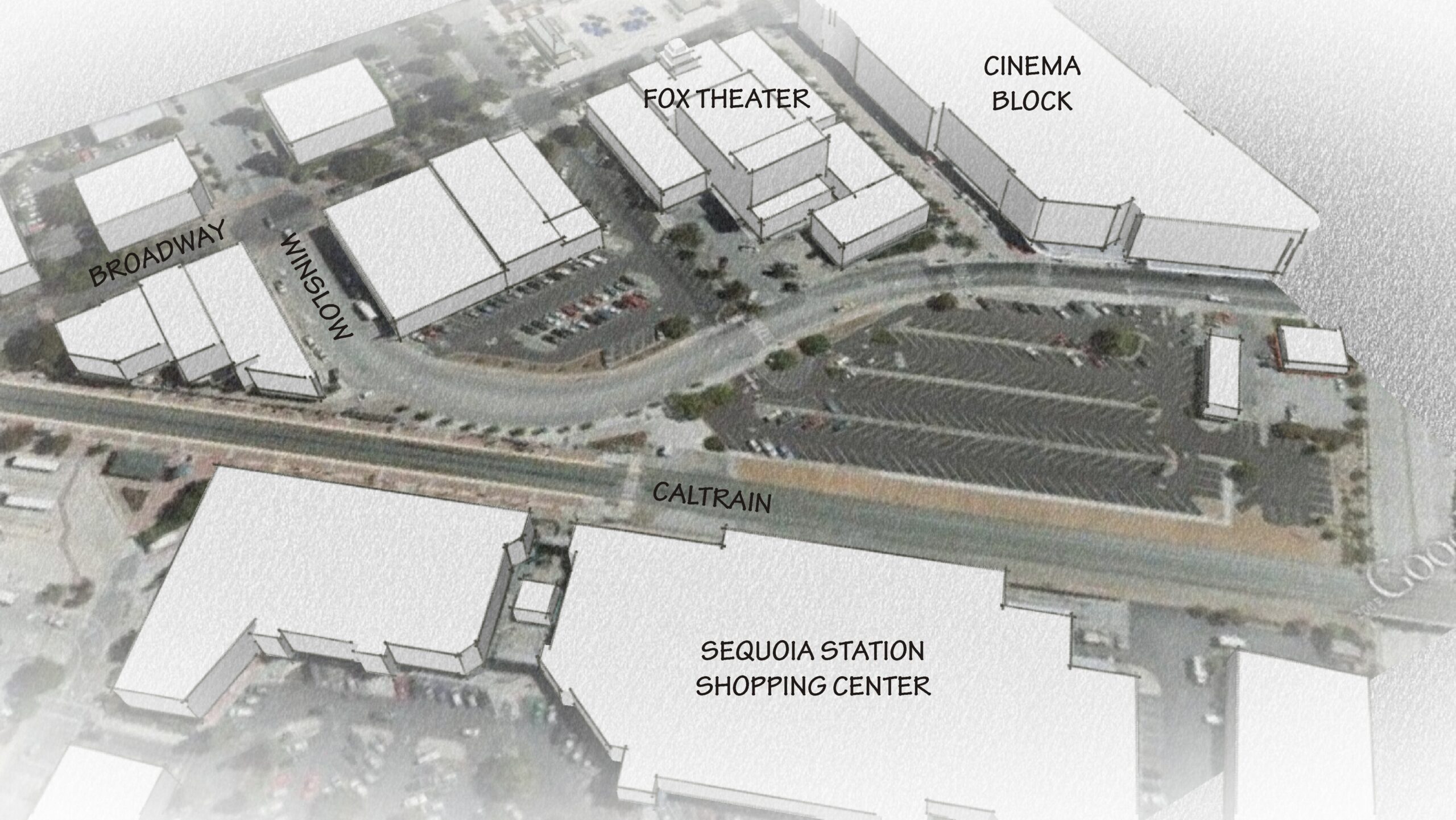
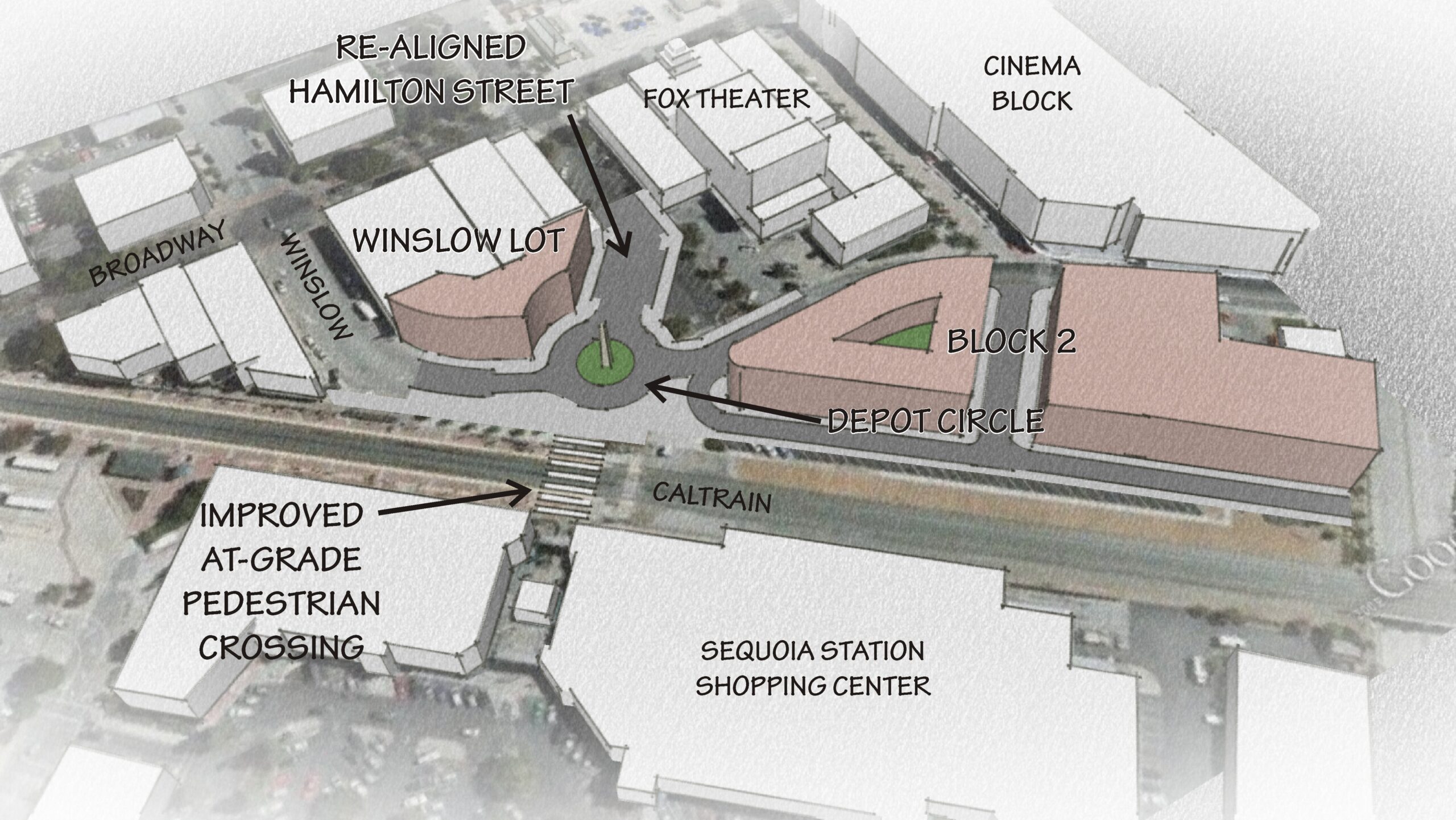
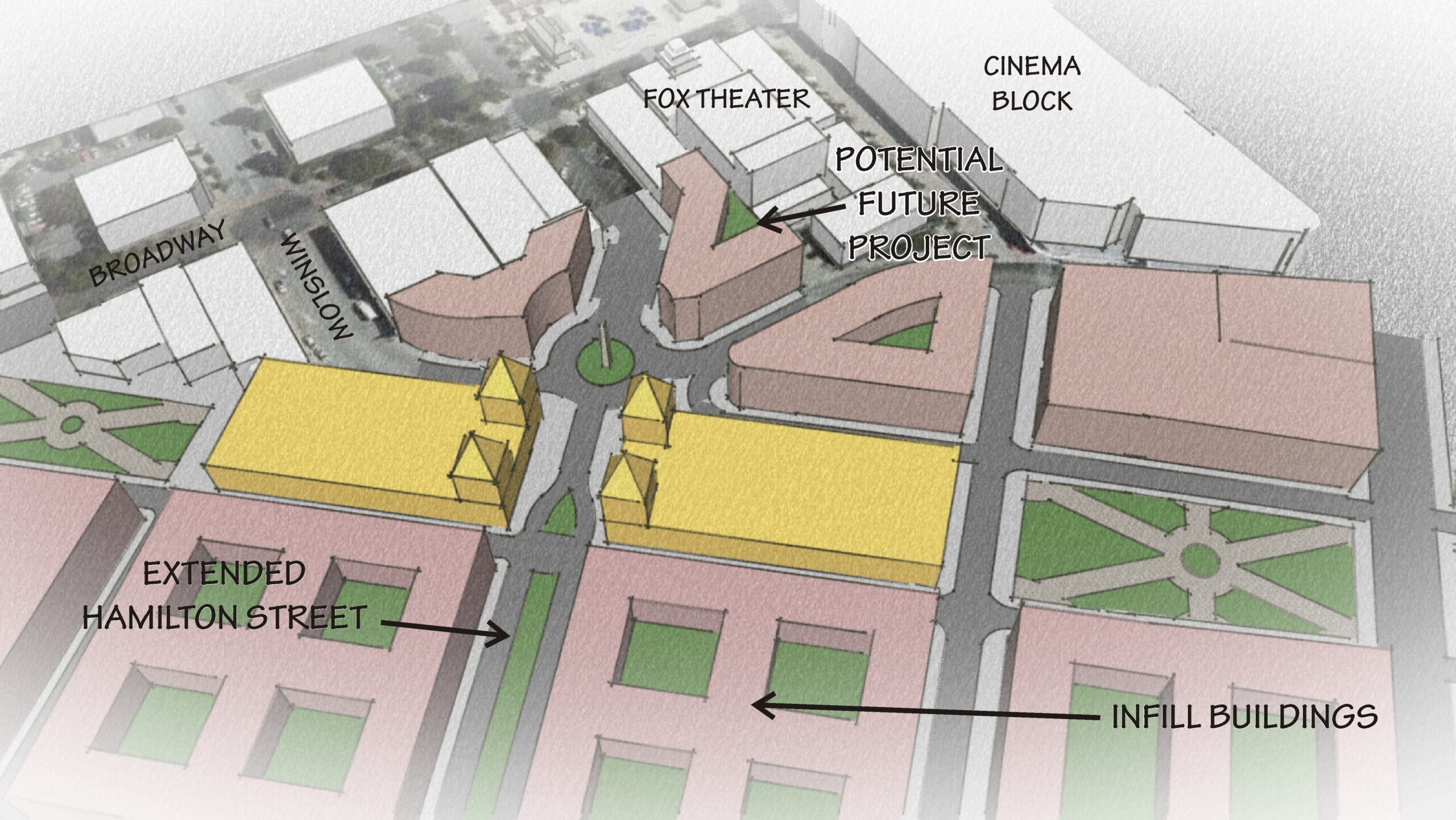
Mr. Zack worked closely with staff from the Caltrain commuter rail system on design issues relating to the addition of a third track and the potential full grade separation to the corridor through Downtown Redwood City. In particular, Mr. Zack was charged with ensuring that such improvements were designed in a manner that will integrate seamlessly with transit-oriented development planned for the area and would not create a barrier through the center of Downtown.
Redwood Towers Disposition and Development Agreement
Year(s): 2010 to 2014
Role: City Staff
Jurisdiction: City of Redwood City
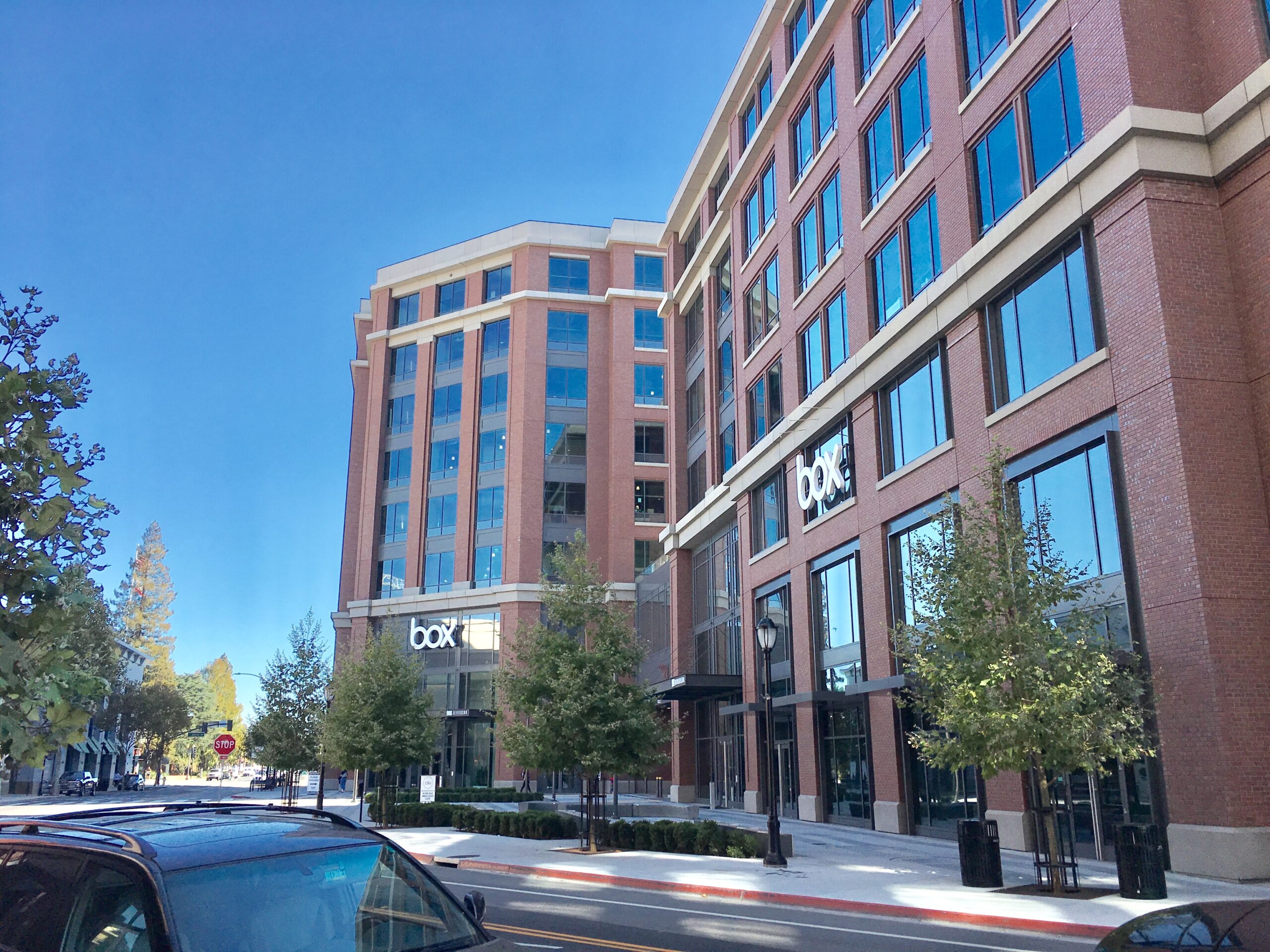
This project consisted of the development of a City-owned surface parking lot adjacent to the Caltrain commuter rail station. Mr. Zack served as project manager and wrote the Request for Qualifications and Request for Proposals and oversaw the developer selection process. The project also involved the creation of a parcel map to create the project site and a new public open space, the relocation of a box culvert, the creation of a parcel map for the project site, and the design of a public open space, and a shared parking agreement between the developer and the City. The project was successfully constructed and is now the headquarters of the cloud storage company Box.
El Camino Real Grand Boulevard Streetscape
Year(s): 2007 to 2010
Role: City Staff
Jurisdiction: City of Redwood City


The Grand Boulevard Initiative is a collaboration of 19 cities, San Mateo and Santa Clara counties, and local and regional agencies united to improve the performance, safety, and aesthetics of El Camino Real. During Mr. Zack’s time on city staff Redwood City was deeply involved in the effort, and took a leadership position by completing work on one of the first improvement projects in San Mateo County. The project, completed in 2010, included the narrowing of the roadway, widening of the sidewalks, the planting of three rows of Chinese Elm trees, new street lighting, bicycle parking, and benches, among other improvements. This block serves as a model for the entire Downtown Redwood City segment of El Camino, which the City hopes to improve similarly in the coming years. Mr. Zack performed this work in conjunction with urban design consultant Terry Bottomley. He also had to work with the California Department of Transportation (Caltrans) very closely in order to gain approval for several design exceptions, as El Camino Real also serves as State Route 82.
Downtown Precise Plan, Version 2
Year(s): 2009 to 2011
Role: City Staff
Jurisdiction: City of Redwood City
The Downtown Precise Plan (DTPP) is a vision document, revitalization strategy, and form-based code which was designed to stimulate private development, particularly of well-designed pedestrian-oriented housing projects, in Redwood City’s 200-acre greater Downtown area. Developed by Freedman, Tung & Bottomley (now Freedman, Tung & Sasaki) in partnership with a staff team which included Mr. Zack, the first version of the DTPP was adopted in 2007 and immediately received positive attention, but was ordered to be repealed in 2009 by a court due to a CEQA lawsuit. Work began on a new version immediately thereafter. This time, the plan was completed in-house by City staff. Mr. Zack served as project manager; he created all of the new text and illustrations and redesigned the document’s layout. The second version of the DTPP was adopted in early 2011 and was not challenged. Developer interest materialized immediately, and within three years the DTPP had resulted in the entitlement of 1,239 housing units and 300,000 square feet of office space and within eight years 2,500 housing units had been produced. Today, Downtown Redwood City is one of the most active suburban downtowns in the San Francisco Bay Area. The DTPP was a runner up for the Form-Based Code of the Year award form the Form Based Code Institute in 2012.
Additional Information:
Storefront Improvement Program
Year(s): 2003 to 2009
Role: City Staff
Jurisdiction: City of Redwood City


For several years Mr. Zack oversaw all aspects of Redwood City’s storefront improvement program, which applied to the Downtown area and was supported with Redevelopment Agency funds. He reviewed applications, verified eligibility, approved designs, verified expenses, inspected the final work product, and approved reimbursement payments.
Downtown Business Group Liaison
Year(s): 2003 to 2008
Role: City Staff
Jurisdiction: City of Redwood City
Mr. Zack worked very closely with the Redwood City Downtown Business group as their official liaison to the municipal government. He attended all of their meetings, managed communication and relations between the city and the DBG, provided them with construction updates of important city projects, helped to direct City departments to rectify problems identified by DBG members, and offered other advise and support to the group and member businesses to ensure their success during a period of rapid change in the area.
Downtown Precise Plan, Version 1
Year(s): 2004 to 2007
Role: City Staff
Jurisdiction: City of Redwood City
Mr. Zack was an integral member of the staff team that worked closely with the project consultant, Freedman, Tung, and Bottomley (now Freedman, Tung, and Sasaki), to develop this form-based code, which regulated land use and urban design in Redwood City’s 200-acre greater Downtown area. The first version of the Downtown Precise Plan (DTPP) won the award for best comprehensive plan in a small jurisdiction from the American Planning Association, Northern California Chapter. Work commenced on the in 2004. An intensive public participation process helped to create a framework for building heights, architectural styles, and activity centers upon which the consultant and staff team built the plan. An economic study was conducted by the Concord Group to ensure that the development standards in the plan would lead to the successful development of privately financed housing.
The DTPP Version 1 was adopted in 2007 and immediately received positive attention. Multiple entitlement applications were submitted within the first six months of the document’s life. Unfortunately, a property owner within the plan area filed a lawsuit invoking the California Environmental Quality Act (CEQA), alleging that the Environmental Impact Report (EIR) did not sufficiently assess the potential impacts of new development on historic resources and on shadows. During the time the case was being considered, and injunction prevent the City from approving entitlements for the Downtown area. While the City disagreed vehemently and fought the case, ultimately, they were unsuccessful and the plan was ordered to be repealed in 2009. Work began on a new version immediately thereafter.
Additional Information:
Downtown Parking Requirements Update
Year(s): 2005 to 2006
Role: City Staff
Jurisdiction: City of Redwood City
As it sought to intensify its Downtown as a dense, walkable, mixed-use urban center, Redwood City leadership realized that the conventional suburban parking requirements that governed the area were out of step with this goal. Mr. Zack was asked to develop new parking requirements for Downtown Redwood City and served as the primary author of the implementing ordinance. Key features of this ordinance include reduced parking ratios, a unique blended commercial ratio, parking maximums, shared parking incentives, and an in-lieu fee program. This ordinance was an important factor in the successful launching of several Downtown businesses and development projects which could not have moved forward under the old requirements. All work was conducted in-house without consultant support.
Additional Information:
On Broadway Retail/Cinema Project
Year(s): 2003 to 2006
Role: City Staff
Jurisdiction: City of Redwood City

Mr. Zack was a key member of the team that brought this mixed-use cinema and retail project to life. Developed by the Innisfree Companies on a site assembled by the Redwood City Redevelopment Agency, the cinema features 20 screens and 4,200 seats, and the retail component consists of 85,000 square feet of restaurants, shops, and services. Mr. Zack worked on several aspects of the project, including tenant relocation, construction impact mitigation, and design review of late-stage changes. This activity-generator has been a major factor behind the resurgence of Downtown Redwood City.
Theater Way
Year(s): 2003 to 2006
Role: City Staff
Jurisdiction: City of Redwood City
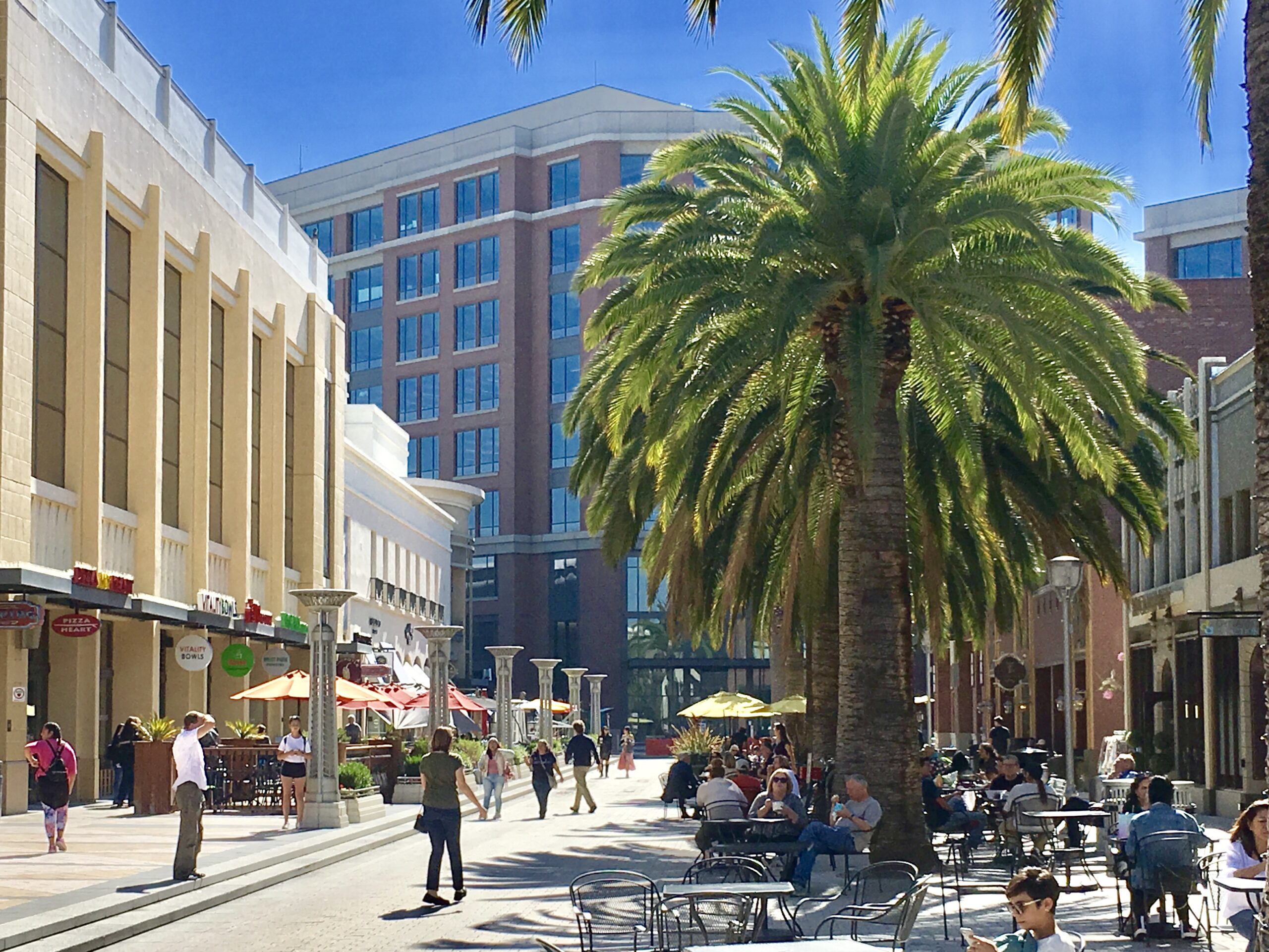
Theater Way is a “woonerf” style shared space that features a large dining terrace, a flexible parking/dining zone, pedestrian zones, a flush vehicular travel lane, and removal bollards for temporary vehicular closures. Mr. Zack was on the staff team that worked with consultants Freedman, Tung, and Bottomley (now Freedman, Tung, and Sasaki) to develop the design. This project was part of a group of Downtown projects which were awarded a Charter Award for Outstanding Urban Design by the Congress for the New Urbanism in 2007.
Courthouse Square
Year(s): 2003 to 2006
Role: City Staff
Jurisdiction: City of Redwood City

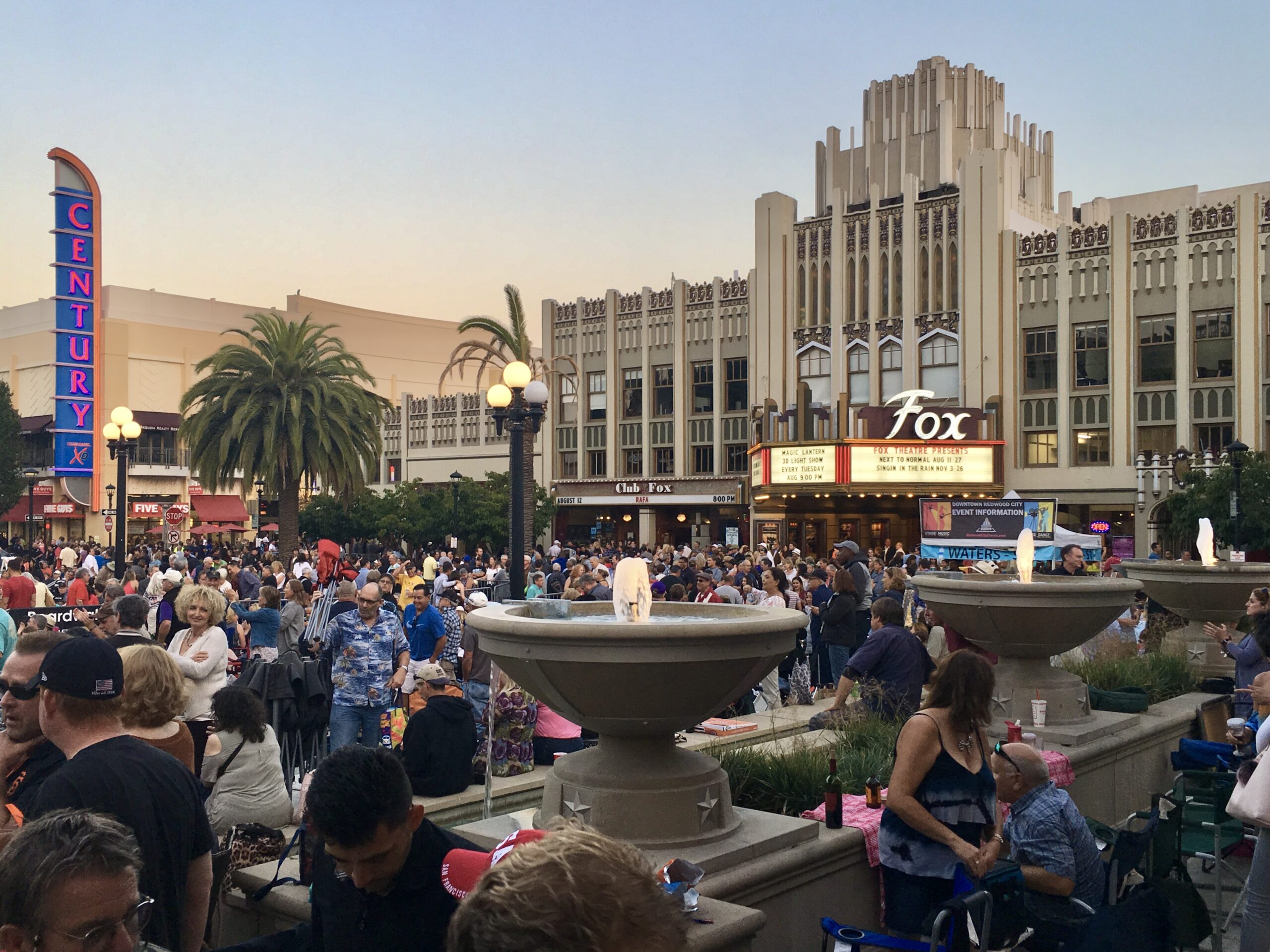
Courthouse Square is the central plaza and outdoor living room for Downtown Redwood City. Mr. Zack was on the staff team that worked with urban design consultants Freedman, Tung, and Bottomley (now Freedman, Tung, and Sasaki) to develop the design. This project required the demolition of a Depression-era annex in order to restore the visibility and prominence of the 1910 San Mateo County Courthouse building. The design arose out of a series of three intensive public design workshops held by the consultants and the staff team. The new plaza, completed in 2007, was designed to accommodate formal and informal gatherings and by 2011 was hosting 83 events a year attended by more than 100,000 people. Courthouse Square features a large, decoratively paved plaza at the foot of the Courthouse portico. Two semi-enclosed pavilions flank the central plaza space, framing views of the Courthouse and Fox Theatre, while providing shade and incorporating vendor kiosks which offer food service and other activity-generating offerings. The pavilions and kiosks are surrounded by comfortable tables and chairs, and are outfitted with night lighting to allow activity to occur on warm evenings. A series of ornamental fountain bowls featuring water cascading into two basins at the main plaza level define the edge of the central space along with stair-like seating edges and add the pleasing sound of falling water to the plaza experience. Courthouse Square was the centerpiece of a group of Downtown projects which were awarded a Charter Award for Outstanding Urban Design by the Congress for the New Urbanism in 2007, and it also was recognized with an award from the American Public Works Association.
Broadway Streetscape
Year(s): 2003 to 2006
Role: City Staff
Jurisdiction: City of Redwood City

Mr. Zack was on the staff team that worked with urban design consultants Freedman, Tung, and Bottomley (now Freedman, Tung, and Sasaki) to develop the design, which dramatically improved pedestrian circulation a the aesthetic quality of the central two blocks of Downtown Redwood City’s primary thoroughfare. The project included widened sidewalks (including and enhanced queuing area in front of the historic Fox Theatre), enhanced lighting, new street streets, bulb outs, and a narrowed vehicular travel way. This project was part of a group of Downtown projects which were awarded a Charter Award for Outstanding Urban Design by the Congress for the New Urbanism in 2007.

